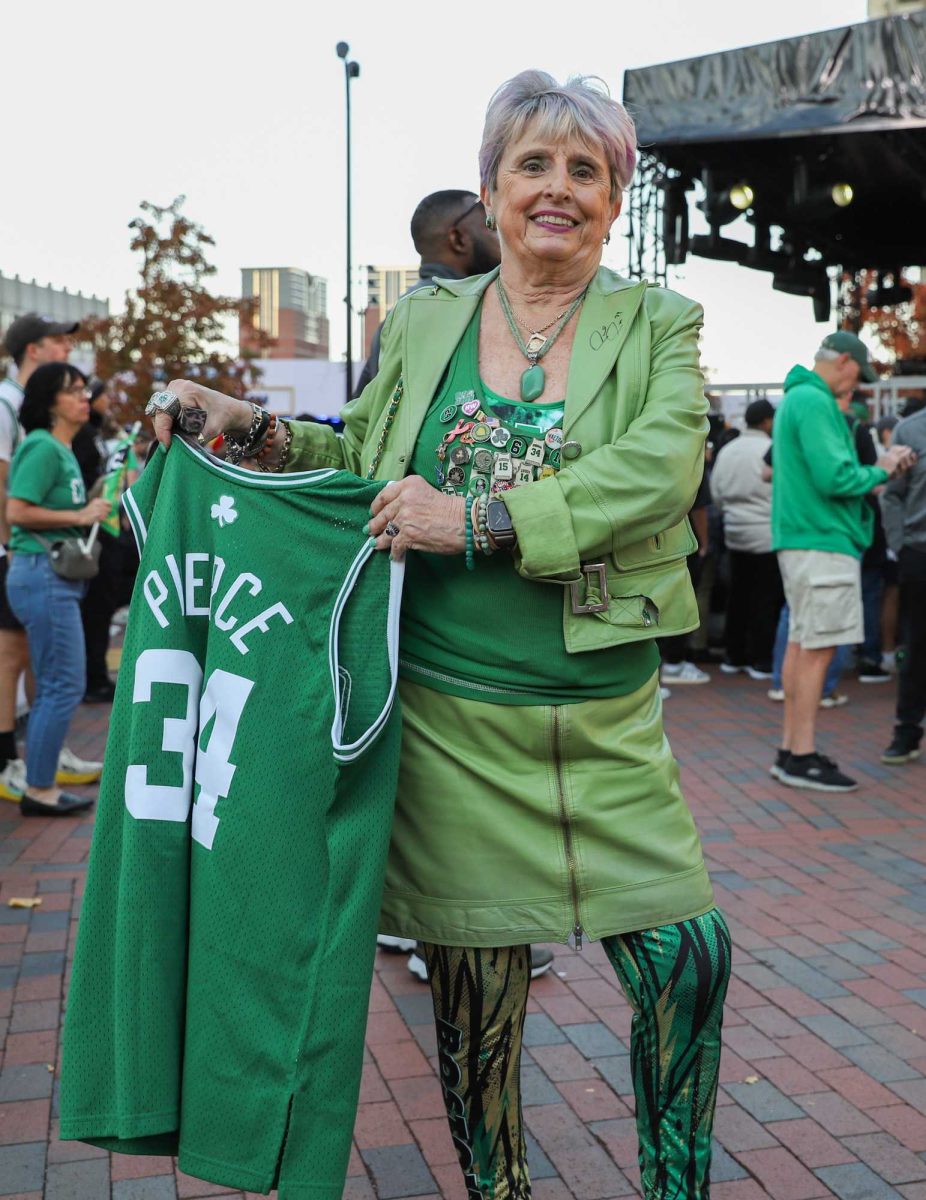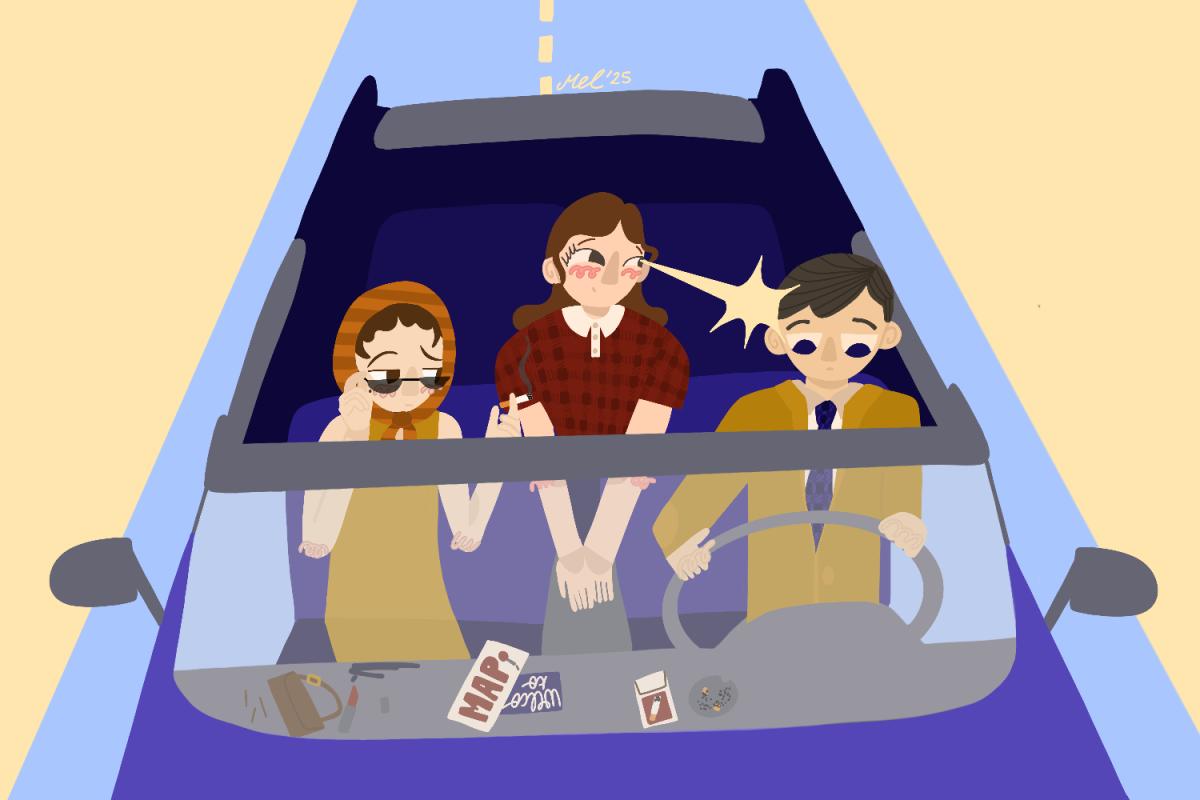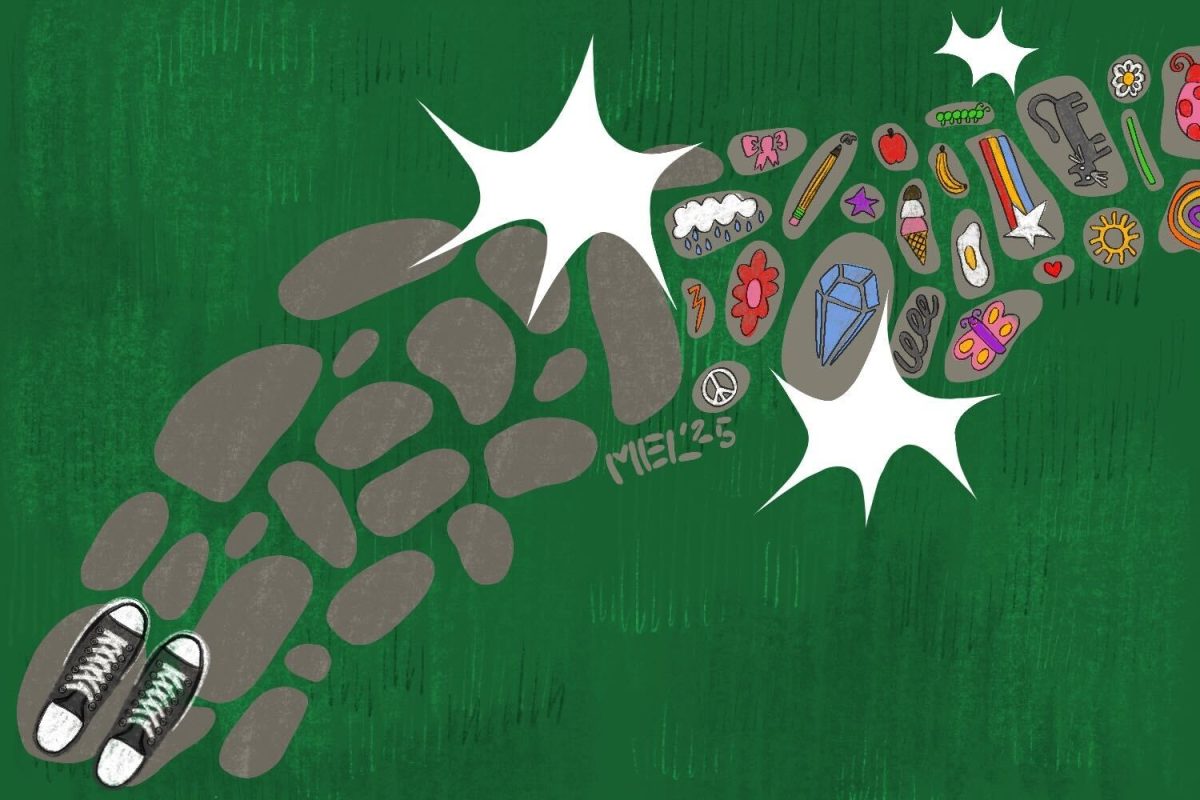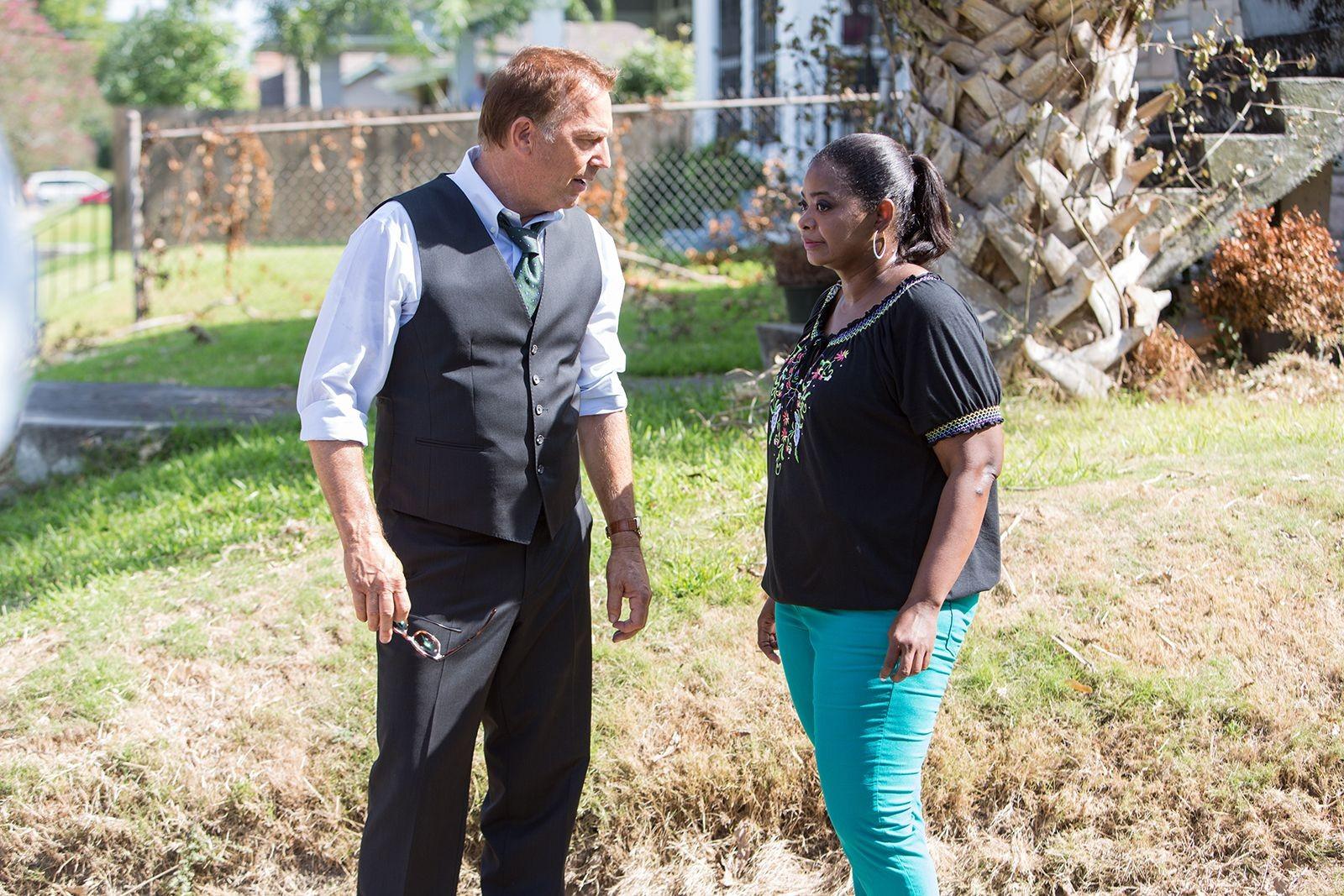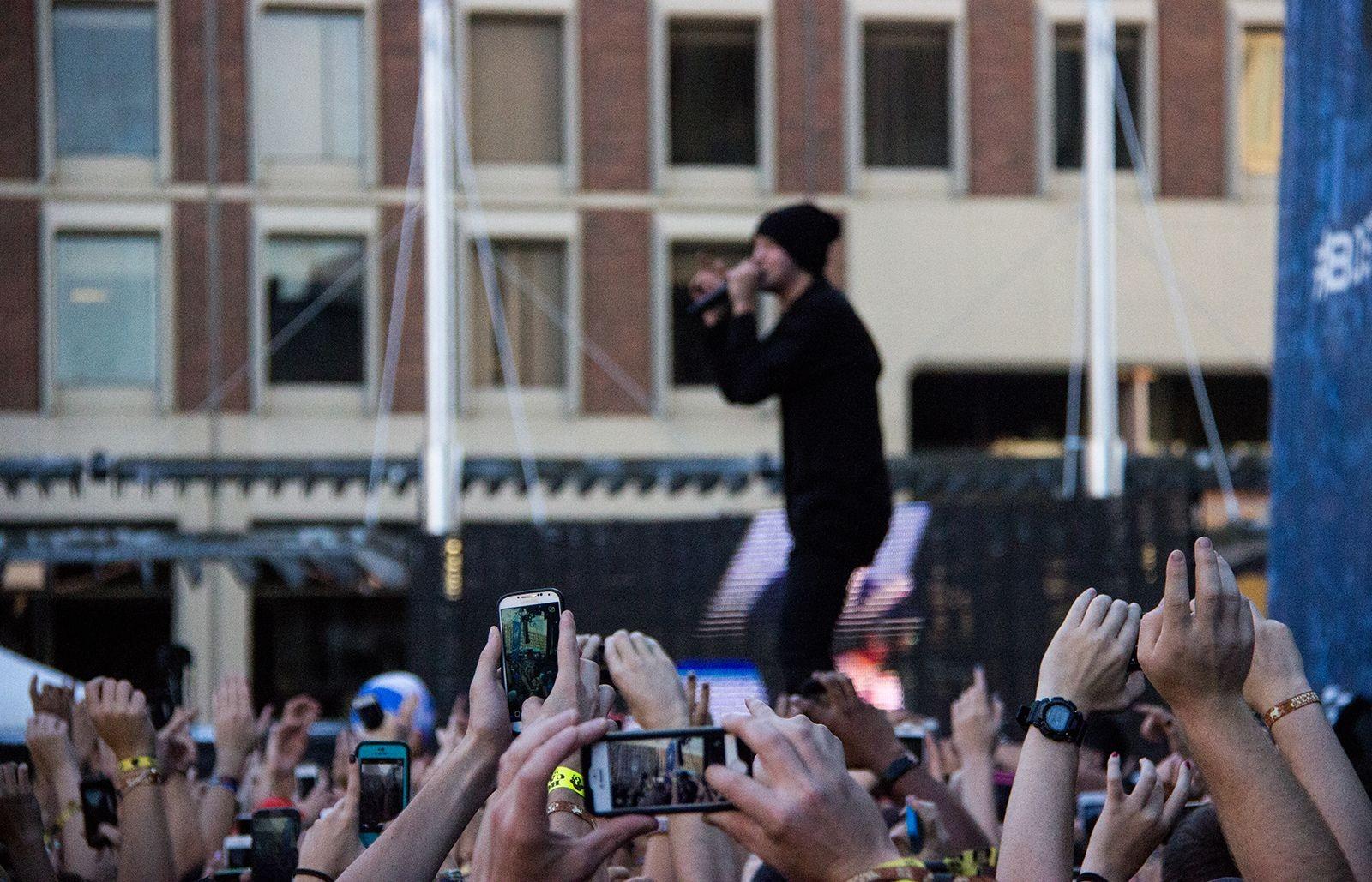To be perfectly honest, if you plan to see “Interstellar” – and you’ve probably been planning to see it since Batman retired – then you owe it to yourself not to read another word of this. Make like your friend who doesn’t watch trailers and go in knowing as little as possible. The movie carries on that noble lineage of high-concept sci-fi stories, like “Brazil” or “Super 8,” that reward those who know the least. Make no mistake, though, “Interstellar” is not a quiet movie. It is not small, nor understated. You’d just do well to let it naturally – in the best way imaginable – break your head.
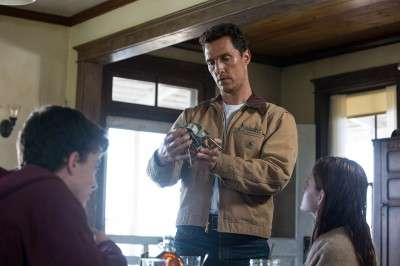
In keeping with its forerunners, “Interstellar,” released Friday, presents an Earth that is a broken and unforgiving place. Blight has wiped out nearly every crop but corn, bringing about a second Dust Bowl and leading most of mankind to suffer a similar fate. In the vacuum, people aren’t so much rebuilding as they are surviving. Repurposed drone brains power farming combines. History textbooks rewrite the Apollo missions as a hoax meant to bankrupt a wasteful and quixotic Soviet Union, warning the next generation to be more realistic. Whatever happened to these people, we quickly realize, is something they don’t want to happen again. “We didn’t run out of planes and television sets,” a teacher solemnly reminds. “We ran out of food.”
It’s fitting, then, that Cooper, the mononymous main played by Matthew McConaughey, used to work for NASA. Now, begrudgingly, he farms, and he isn’t faring much better than the others are. For an intriguing dose of authenticity during these expository scenes, director Christopher Nolan splices in interviews from Ken Burns’ documentary on the Dust Bowl along with one staged interview with Ellen Burstyn. It calls to mind John Steinbeck’s “The Grapes of Wrath,” where the dust drove the Joad family to pack up and chase the whisper of a better life in California.
In this case, there’s nowhere left for Cooper, his kids Murphy (Mackenzie Foy) and Tom (Timothée Chalamet) and his father-in-law Donald (John Lithgow) to go. That is, unless you count “up-and-out.” Once Cooper (Are you sure you want to keep reading this?) finds the hidden remnant of his old employers at NASA carrying on in secret, that’s exactly where he goes.
That’s all you get to know. And, just for a second, appreciate how difficult this is to write about without letting slip too much. We can probably talk about aesthetics; no insult to Wally Pfister (Nolan’s usual director of photography who stepped aside to direct his kind-of-lame “Transcendence”), but he isn’t missed too badly. The relief, Hoyte Van Hoytema, who was also responsible for the visuals of “Her” and “Tinker Tailor Soldier Spy,” flawlessly composes “That Nolan Look,” sullen and saturated (Is it true that he’s colorblind?) whether the scene unfolds in a suffocating haze of dirt or in the suffocating blackness of space.
Because they do go to space. The vibe lends itself well to the cool retro-futuristic set design of the – again, caution – spaceship Endurance. The computers and grey, chipping plastic tiles definitely smack of “Alien” in a great way and seem a smart choice, given how hard it would have been to salvage enough parts for an interstellar spacecraft in a world where there’s not even enough food to eat.
All of that, though, comes second to “That Nolan Story,” where “Nolan” refers to Christopher and his brother and co-writer, Jonathan. In the vaguest possible terms, the film chases similarly lofty questions to those in “2001: A Space Odyssey” — though not so much “where have we been?” as “where are we going?” — with an ending that begs twice as many.
The scope alone puts the film’s symbolism and perceptive characterizations on a level even above “The Dark Knight.” At its most expansive, “Interstellar” expounds on relativity and at least five dimensions, stretching light, love and gravity across decades and light-years. At its most intimate, it cuts deep into the rawest elements of humanity, illuminating questions that the years in the inescapable loneliness of space inevitably bring to the surface. How far will we go to survive? Why do we even want to?
Cooper opens that door in one of the first few scenes, explaining to the young Murphy “science is about learning what we don’t know,” rather than dwelling on what we do. “Interstellar,” then, is a story about the search for discovery approaching infinity. Even for those primed in the somewhat discouraging astrophysics at its base (maybe do a little homework), it leaves its biggest questions wide open. You can consider all you want where we come from, where we fit in, what’s beyond our horizon, but there’s no beauty in having an answer. In the end, we just don’t know. And that’s thrilling. That’s the answer enough.





























